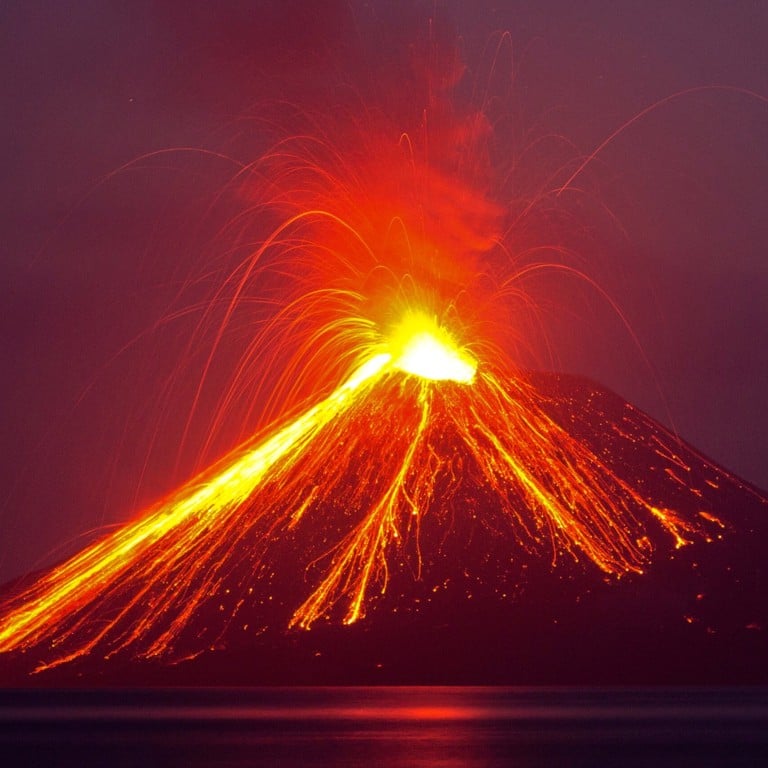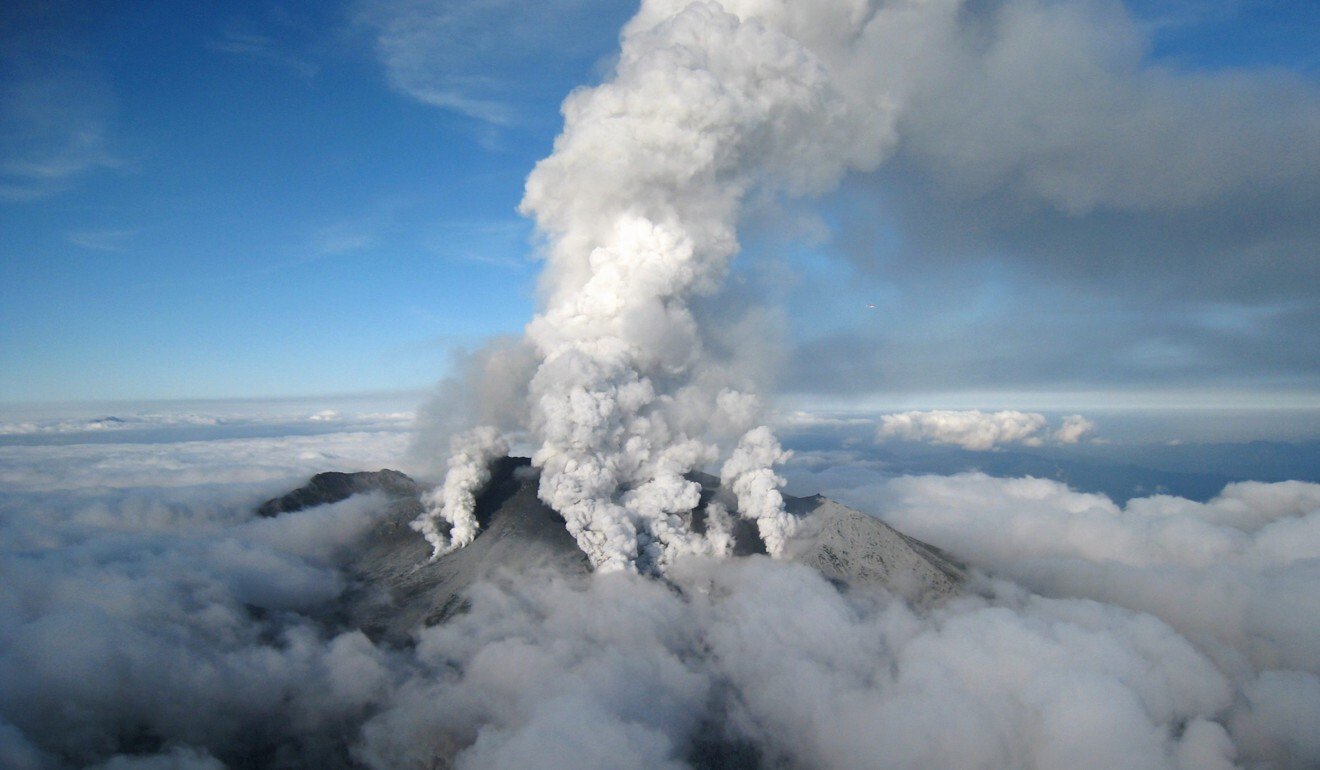
Explainer | Asia’s deadliest eruptions – and four volcanoes to watch
- Volcanoes are an unpredictable, ever-present hazard that can sometimes erupt without warning, as explosion in New Zealand’s White Island shows
- We list seven of the region’s biggest and most recent notable eruptions – and four of Asia’s volcanoes to watch
Scientists are able to monitor emissions of gases, the shape of the volcano itself and whether there has been any recent earthquakes to gauge how likely an eruption might be.
But anticipating whether such signals indicate an imminent eruption, or one that’s weeks, months or even years away, depends entirely upon the individual volcano – and sometimes the increase in activity is so sudden that no warning can be given or alarm raised.
Here, we list seven of the region’s biggest and most recent notable eruptions – and four volcanoes to watch …

Anak Krakatoa, Indonesia – an eruption on December 22, 2018, triggered a tsunami that killed more than 420 people and displaced 40,000. The volcano, whose name means “Child of Krakatoa”, grew from the remains of Krakatoa, whose eruption in 1883 caused tens of thousands of deaths and triggered a period of global cooling.



Unzen, southern Japan – exploded in 1991. Most of the 43 people who died were killed by pyroclastic flows of hot ash and steam that raced down the mountainside. An earlier eruption, in 1792, killed an estimated 15,000 people.
Tambora, Indonesia – exploded in 1815 in the biggest known eruption in 1,000 years, one so powerful it, too, altered global weather. About 92,000 people are thought to have died from the eruptions, including 82,000 who perished of starvation and disease and 10,000 killed by its direct impact.
Ones to watch:

Agung, Bali (Indonesia) – After a series of eruptions in 1963 that claimed about 1,900 lives, Agung remained relatively quiet until the latter half of 2017, when the popular Indonesian resort island began experiencing volcanic earthquakes – reaching a crescendo of more than 1,000 per day at its peak. Eruptions soon followed, forcing the evacuation of 40,000 people and surrounding airports to close. The most recent eruption was recorded in June this year.

Sinabung, Sumatra (Indonesia) – Sinabung volcano awoke in 2010 after a 400-year sleep, and is currently one of the most active volcanoes in Indonesia. It has been pretty much in constant eruption since September 2013, and there are still frequent volcanic earthquakes.

Kadovar, Papua New Guinea – a relatively unknown 365-metre-high volcanic island that had no confirmed eruptions before 2018, when it belched a 2,100-metre plume of ash into the sky, forcing all the island’s inhabitants to be evacuated. Activity of some form had previously been reported in 1976 and 1981. Identified volcanic risks at Kadovar include further potential explosive activity, landslides, and resulting possible tsunami.

Kusatsu-Shirane, Japan – a minor eruption on January 23 last year killed a member of the armed forces who was skiing nearby and injured several other after triggering an avalanche. The volcano’s summit has now been declared off limits to the public. According to Japan’s Meteorological Agency there had been no volcanic activity at the site of the eruption for about 3,000 years.
Additional reporting by Associated Press, The Conversation and BBC

